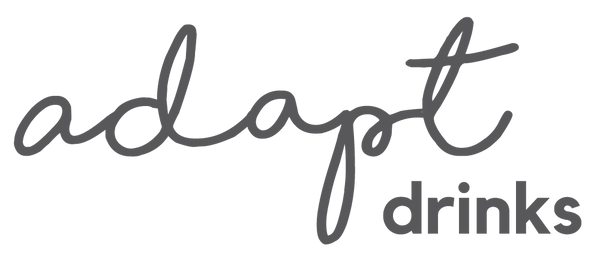
Breathing exercises for relaxation
Breathing exercises for relaxation are a no cost way that you can reduce your stress levels. Breathing exercises can help relax you because it allows you to shift your attention away from any racing thoughts or worries and onto something more simple and controllable.
The act of taking slow, deep breaths can also help activate the body's relaxation response, which is a state of rest and digest that is the opposite of the body's stress response. When you are in a relaxed state, your heart rate and blood pressure can decrease, and your muscles can relax, which can help reduce feelings of anxiety and stress. Additionally, the rhythmic nature of breathing can have a calming effect on the mind and body.
There are a number of different breathing exercises that you can use to help increase relaxation and reduce any anxiety you may be feeling. Below are three popular exercises.
Notice your breathing

One of the simplest breathing exercises you can do to help with relaxation is to just focus on your breath and take slow, deep breaths. To do this take the following steps:
- Sit in a comfortable position and close your eyes.
- Begin to notice your breath without trying to change it.
- As you inhale, breathe in through your nose and notice your chest and abdomen rise.
- As you exhale, breathe out through your mouth.
- Try to make your exhale slightly longer than your inhale, and continue to take slow, deep breaths.
You only need to do this for a short time and it can help calm the mind and relax the body, and as it is so simple it can be done anytime you need to de-stress.
You can take this breathing one step further for maximal results by practicing Diaphragmatic Breathing. You can see the technique and read the results of a 2017 study here - The Effect of Diaphragmatic Breathing on Attention, Negative Affect and Stress in Healthy Adults.
Box breathing

Box breathing, also known as square breathing, four-square breathing or 4-4-4-4 breathing, is a breathing exercise that can help with relaxation and stress reduction. It involves breathing in for a count of four, holding the breath for a count of four, exhaling for a count of four, and then holding the breath again for a count of four. This pattern is repeated several times, creating a "box" shape with the breath. This technique can help slow down the breath and calm the mind, allowing the body to relax and release tension. It can also help improve focus and concentration.
To practice box breathing:
- Find a comfortable seated position and focus on your breath.
- Slowly inhale for a count of four.
- Hold your breath for a count of four.
- Exhale for a count of four.
- Then hold again for a count of four.
- Repeat this pattern for several cycles, allowing yourself to relax and focus on the breath.
It is called box breathing as a box has four sides, matching the number of breathing steps in a cycle. Some people find it useful to imagine a box as they do this breathing exercise.
4-7-8 method

The 4-7-8 breathing technique was developed by Dr. Andrew Weil but it’s based on an ancient yogic technique called pranayama. As well as having a relaxing effect, it has been shown that when practiced regularly it can help with falling asleep faster.
To practice the 4-7-8 method find a place where you can sit with good posture. It is recommended to try this sitting first and then when you feel you have the hang of it you can lie down to do it. It is also recommended if you are new to this breathing exercise that that you work your way up to the eight second whooshing exhale, starting at four seconds to prevent any dizziness.
These are the steps for the 4-7-8 method:
- Place your tongue against the back of your top teeth and keep it there for the full practice.
- Exhale through your mouth, making a whoosh sound as you empty the lungs of air.
- Close your mouth and inhale through your nose for four seconds.
- Hold your breath for seven seconds.
- Exhale through your mouth, making a whoosh sound for eight seconds.
- This completes one cycle. Repeat for three more cycles.
If you would like to read more about the health benefits of the 4-7-8 method you can read this study - Effects of sleep deprivation and 4‐7‐8 breathing control on heart rate variability, blood pressure, blood glucose, and endothelial function in healthy young adults
The act of taking slow, deep breaths using any of the techniques listed above can activate the body's relaxation response, which is a state of rest and digest - the opposite of the body's stress response. In this relaxed state, the heart rate and blood pressure can decrease, and the muscles can relax, leading to a feeling of calmness and relaxation.



